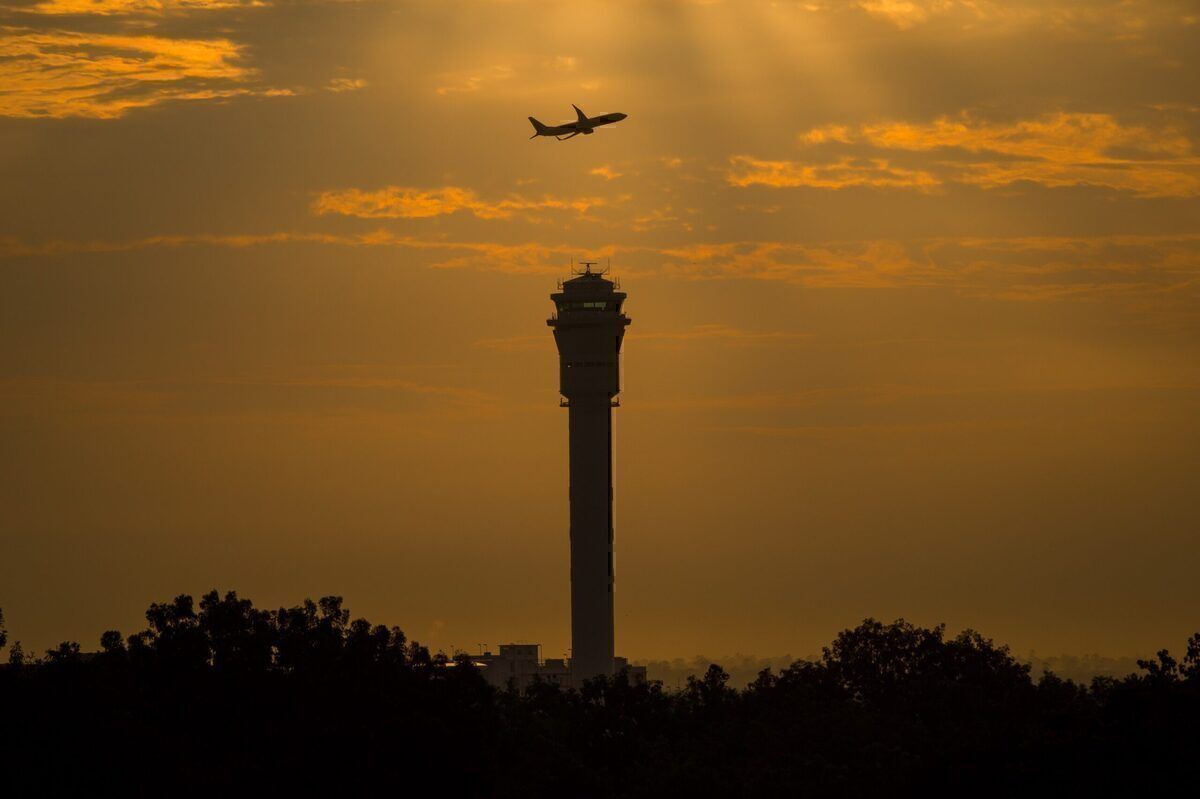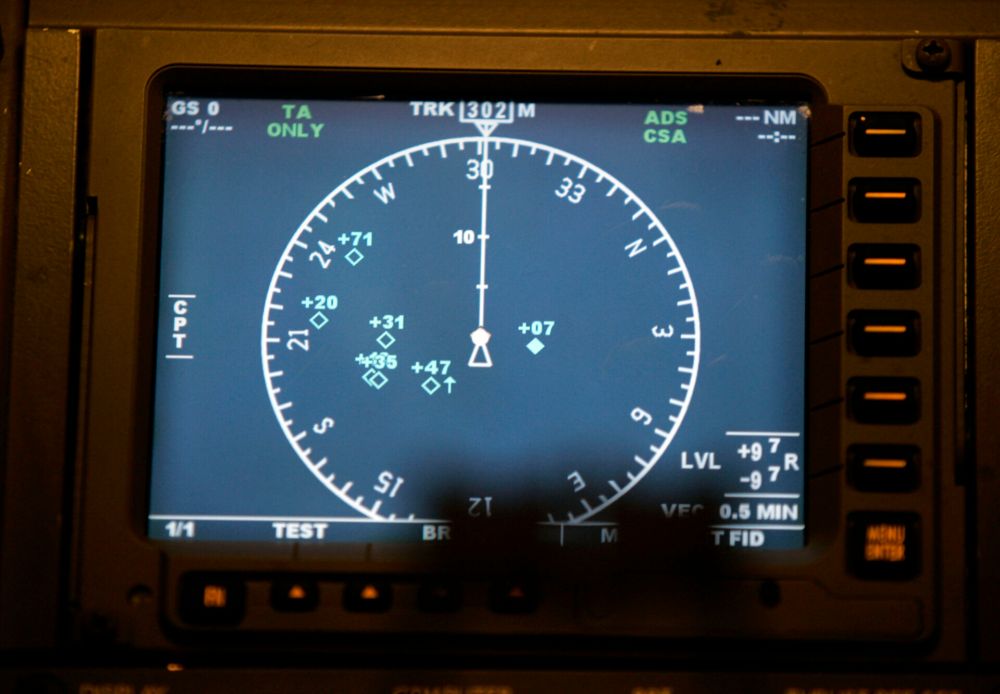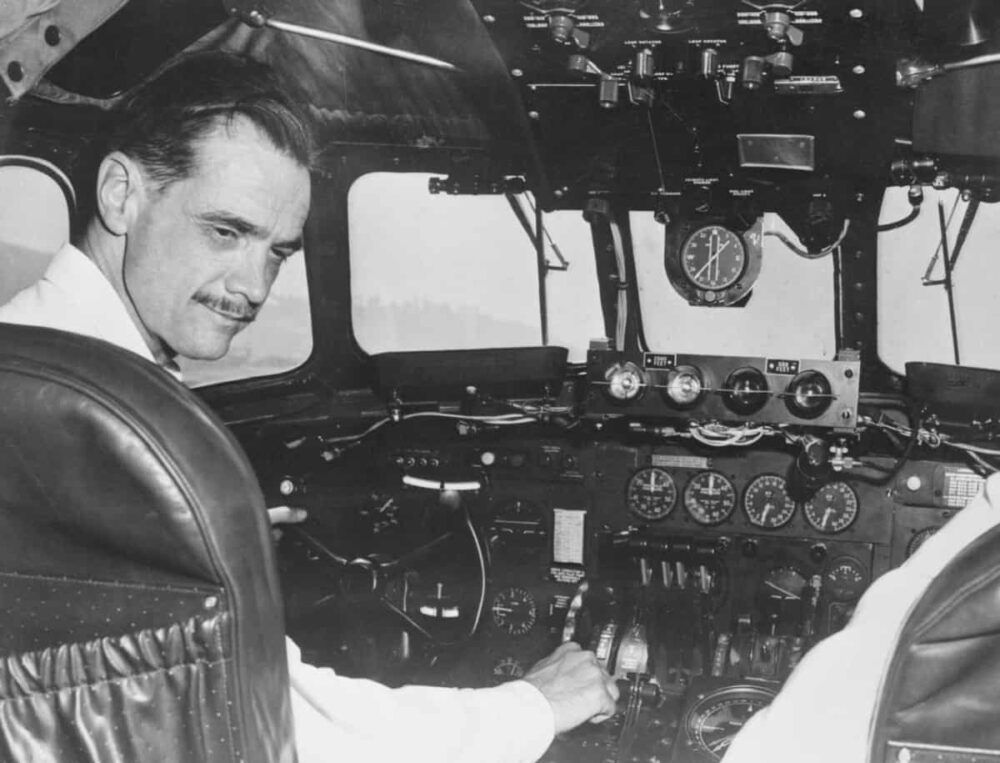Air traffic monitoring and services have improved significantly since the earliest days of flying, but the basic radar technology used is the same. This is likely to change with the introduction of Automatic Dependent Surveillance–Broadcast (ADS-B) technology. This provides satellite-based tracking for aircraft and is already well on its way to mainstream use.
Satellite-based tracking
Automatic Dependent Surveillance–Broadcast (ADS-B) is based on satellite communication to determine aircraft position. Aircraft determine their position by communicating with satellites, then broadcast this to ATC to enable it to be tracked. It will also transmit aircraft identification information, altitude, and speed.
Sending this information out is known as ADS-B Out. Receiving information back is known as ADS-B In. ADS-B In could be used for information such as weather updates and flight or airspace notifications. It can also receive updates from other aircraft, allowing pilots to see the positions of surrounding ADB-B-equipped aircraft.
Information is exchanged using radio signals. The frequency of 1090MHz has been chosen for a global ADS-B standard, known as 1090ES. 978 MHz is sometimes used as well.
The naming is based on "Automatic," meaning no pilot input is required, and "Dependant" in that it requires information supplied from the aircraft's own systems.
Use of ADS-B well underway
ADB-B regulations now appear in many regulators standards, but the technology is not yet the main global standard, replacing radar. It has been used for some time in several remote areas, where radar coverage is limited (including Australia and Canada). Implementation and requirements now vary by country, but the trend is for full adoption. Some countries require all commercial aircraft to have equipment installed. Others require ADS-B equipment to be installed when operating on specific routes.
In the US, all commercial aircraft are now required to install ADS-B technology (as of 2020), and it has been required in Europe for a couple of years already. Upgrade projects in both locations are designed to make use of this. This is the Next Generation Air Transportation System in the US. Research in Europe is under the Single European Sky ATM Research (SESAR) project.
Alongside ATC and onboard use, there are other users too. The FAA, for example, uses it now to track all 737 MAX aircraft.
Stay informed: Sign up for our daily and weekly aviation news digests.
Improvements in safety, aircraft spacing, and operating efficiency
Shifting to satellite-based tracking is not just about keeping up with the newest technology. Of course, adopting it will improve accuracy and safety. Information transmitted will be more accurate than radar, have wider coverage and enable ATC and pilots to see the same information.
It also brings operational benefits for ATC and airlines. Firstly, it expands ATC coverage into areas that previously had no or limited coverage. This will make a significant impact in remote areas and on oceanic crossings.
Secondly, it will allow for closer or more bespoke positioning of aircraft. This will, for example, allow aircraft to take more efficient routes on transatlantic and transpacific routes, a significant potential time and cost savings for airlines. Reduced aircraft spacing will also benefit in busy airspace and when positioning aircraft for holds or approach.
ADS-B is an exciting new advance that will radically change ATC. It is likely to be some time, though, before it fully replaces the use of radar. Feel free to discuss the technology and its adoption further in the comments.



